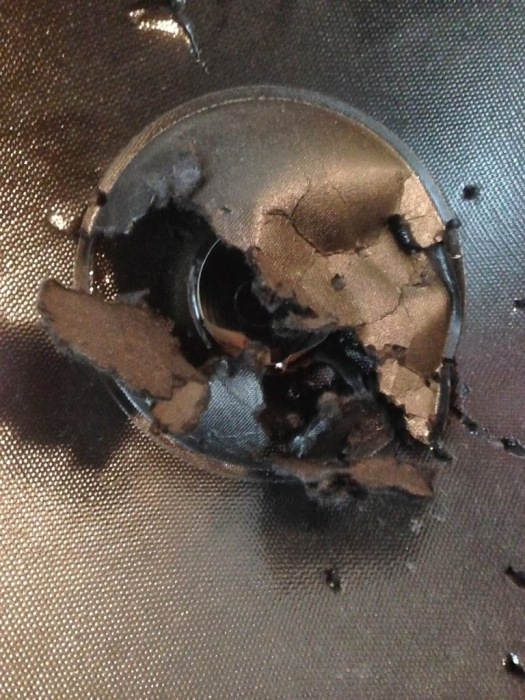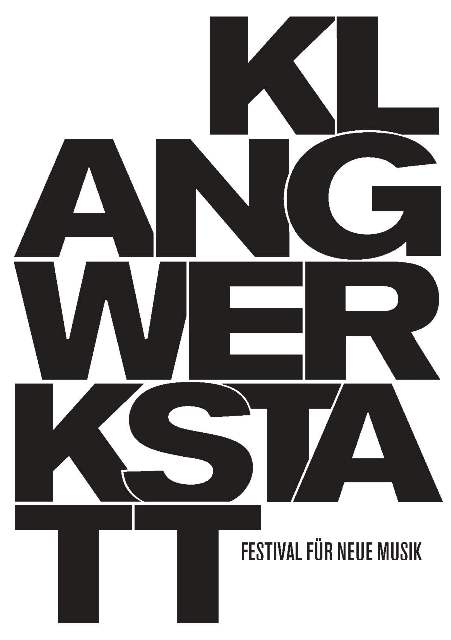
may 6th 2012 bunker eliason/rehberger
video

may 6th 2012 bunker eliason/rehberger
video
exhibition
A P R I L 2 6 — M A Y 6 Wednesday – Sunday, 5 – 9 pm
Virchowstraße 6 10249 Berlin
WORKS BY AEAEAEAE, Rune Bosse, Julius von Bismarck, Julian Charrière, Merlin Carter, Andreas Dzialocha, Leon Eixenberger, Olafur Eliasson and TR, Eric Ellingsen, Tomas Espinosa, Maresa Fiege, Fabian Gisler, Andreas Greiner, Felix Meyer, Rodrigo Maltez Novaes, Markus Hoffmann, Jeremias Holliger, Friederike Horbrügger, Clara Jo, Anne Duk Hee Jordan, Felix Kiessling, Jonas Kesseler, Fabian Knecht, Hans-Henning Korb, Felix Lüke, Laura McLardy, Macarena Ruiz-Tagle, Andrea Sanzvela, Martin Schick, Tiago Romagnani Silveira, Diana Sprenger, Wilm Thoben, Alvaro Urbano, Raul Walch, Jan St. Werner, Euan Williams, Hendrik Wolking

First instalement of a new audiovisual series by Jan St. Werner with assistance of Karl Kliem on the occasion of Oswald Wiener’s symposium “Innenschau/Zusammenschau”, Sept. 16th/17th 2011, Kunsthaus Muerz, Austria.

“The sources for “Formationen” are early solo recordings produced with synthesizers and tapes in 1992 and 1993, during Werner’s collaborations with F.X.Randomiz and his first experiments with Andi Toma that should be released later under the alias Mouse on Mars. Werner found those early tapes a while ago, re-mastered and carefully re-worked them, and the result are four stunning pieces of beautiful electronic music.” limited vinyl edition of 300 copies. (a-musik)

Klangwerkstatt is premiering two compositions by Jan St. Werner. “Fetzen 1-20” for electronics and solo cello played and co-composed by Michael Rauter and “Meteoronomie” for metronome and electronics.
Nov 7th, 2010
Künstlerhaus Bethanien – Studio 1
Mariannenplatz 2, 10997 Berlin-Kreuzberg
U1, U8, Bus 140 Kottbusser Tor
Tickets: +49 30 902 981 439

Solistenensemble KALEIDOSKOP
11. | 12. | 13.02.2010
Radialsystem V – Berlin
pieces by Claude Vivier, Joseph Haydn, Salvatore Sciarrino and Jan St. Werner
Neuter River is not exactly a band or a person, it’s the remains of an idea, a shifting light cube at the end of a ragged kaleidoscope. atonal precission / pentatonic noise.
Jan St Werner, one half of German electronic duo Mouse on Mars, creates a new composition for the ICA that uses the structure and daily sounds of the building. Arranging drones from harmoniums with soundpockets produced by ICA staff, the work exists throughout the ICA for one day.
“Three players and three harmoniums are located in separate areas of the ICA.
The sound of the first player who plays vibraphone is relayed to an amp in the room of the second player. The sound of the second player who plays guitar, and the sound of his amp, are relayed to player 3. Player 3- who is playing guitar, and the sound of his amp, are relayed to a fourth amp located at the entrance of the building.
Every 15 minutes each player chooses one of a given number of note groups. Each player repeats the chosen note group three times. Player 1 starts every quarter of an hour. Player 2 joins in when player 1 is playing his note group for the second time. Player 3 joins in when player 2 is playing her note group for the second time.”
ICA
The Mall
London SW1Y 5AH
22 November 2009

A spacial sound composition for church bells, church organ, brass orchestra, bicycle sound systems, vibraphones, recorders, street noises and electronics.
Piazza Della Repubblica, Foligno, Italy, June 27th, 2009, 9.00 – 19.00
“the compostion started at 9 in the morning with the two piazza cafes playing especially prepared cd’s. one was a 60 minute slow piece which was derived from sounds of the piazza plus vibraphone elements and street noises. the idea was that the cafe sounds whould interfere or match with the sounds of the piazza. the other cd was a saxophone recording by topo freier who had made an improvisation in tune to the church bells. the jazzy saxophone track was also supposed to match with the glossy cafe interior of the centralbar. outside electronic sounds from a big stereo p.a system were fading into the piazza ambience. there were high sounds, feedback modulations, bass jolts. around mid day three bicycles with speakers were sent around the piazza and inner city playing electronic signals which worked as solo melodies similar to mobile phone ringtones but would later also function as harmonic elements in the grande finale of the piece. next came a vibraphonist who was positioned opposite from the church. she played a score which was written by composer stefan streich and took elements from the church bells melody and the arizzete song, an adaption of a traditional foligno folk song. every hour the main church bells were supposed to play, too but on the day of the performance they didn’t. another unexpected interference were the heavy rain showers which interrupted the composition about every half an hour in the afternoon. at 4 o’clock a group of 10 kids entered the piazza playing two continous low notes on recorders. this subtle but nervous drone added another layer to the piece. finally the brass band entered the scene playing the arizzete arrangement at full speed. the band played the theme for a certain number of times and then continously slowed down. interrupted by rain showers for about three times the band finally played one long continous drone of all the notes of the arizzete composition. it was like a long real-time timestretching effect. the church bells finally joined in and together with the electronic sounds from the p.a. plus the long sustained notes of the vibraphone the piece culminated in a swirling vortex of harmonies and noises.”
Score for an undefined number of cars on a highway to be performed until all actions are exercised. By Volker Hormann, Michael Rauter & Jan St. Werner. On the occasion of “Nordkurve”, Künstlerische Arbeiten am Ort der ehemaligen Autorennstrecke AVUS und heutigen Autobahn A115 Berlin
kunstraum avus
Spatial composition for church bells, church organ, brass orchestra, bicycle sound system, vibraphone, recorders, street noises and electronics.
Piazza Della Repubblica, Foligno, Italy, June 27th, 2009, 9.00 – 19.00
Opening December 5th, 2008
Pinksummer
Palazzo Ducale, Cortile Maggiore 28R
Piazza Matteotti 9
16123 Genova, Italy
pinksummer.com
The Noisemashinetapes Archive includes extensive holdings of 20th and 21st century music recordings and special collections mixed and edited by Jan St Werner between 1998-2008. The archive is hosted by ChickenHed.
chickenhed.us/noisemashinetapes
Noise Room
An artificial listening site created by Jan St Werner
Friday 29 August to Sunday 28 September 2008
CUBITT
Gallery and Studios
8 Angel Mews
London N1 9HH
T +44 (0)20 7278 8226
F +44 (0)20 7278 2544
Open: Wednesday-Sunday 12-6pm
cubittartists.org.uk/